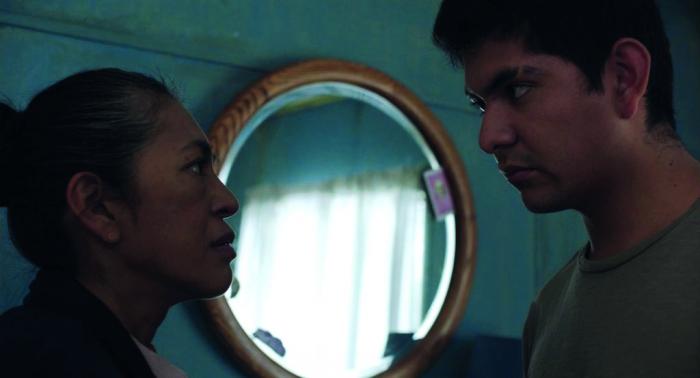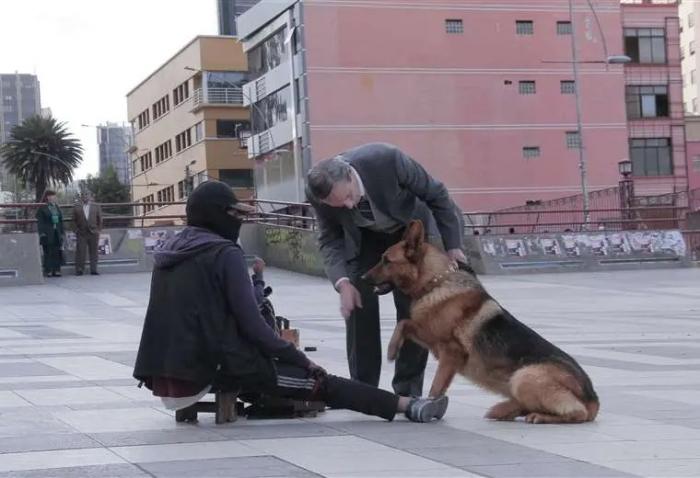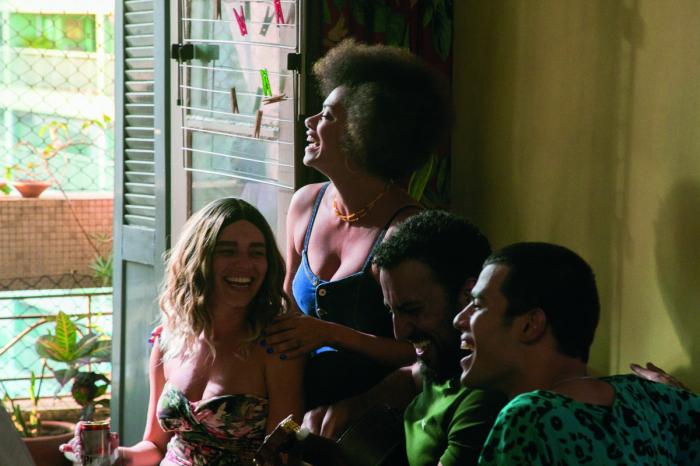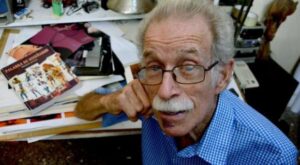Representing the reality of the continent is a constant in most of the works that come to the 45th International Festival of New Latin American Cinema.
Representing the reality of the continent is a constant in most of the works that make it to the 45th International Festival of New Latin American Cinema. Common factors converge to make films with different origins or productions end up reflecting a common problem. This is the case of the filmmakers Marcelo Caetano, from Brazil; José Rodrigo Álvarez, from Mexico, and Vinko Tomicic, from Chile, who, from different points of view, language and country, and driven by their personal experiences, dealt with the theme of loneliness and its various forms of manifestation.
BABY (BRAZIL)
The film tells the story of a boy recently released from prison who faces the challenges of surviving without family or friends in the hectic streets of the city of Sao Paulo, as he tries to get ahead, succumbing to a world of drugs, prostitution and chaos.
«For this film we had the collaboration of France and the Netherlands in terms of budget. We shot it in 2023, and it premiered in May, at the Cannes Critics’ Week. Since then we have been touring festivals to promote it. It’s a tribute to my neighbours, to the people I know from the street,» said Marcelo Caetano, the film’s director.
«All my films have a personal background because I left home when I was 18 years old, and I had to choose a non-biological family in Sao Paulo, to escape from that loneliness. This is a very important issue because now in Brazil there is a very strong discussion about what is considered a family politically. My film is a lgbt film, it is a demonstration that we can also form families».

Emigration, a recurring theme that affects all aspects of Latin American reality, is the protagonist of the film directed by José Rodrigo Álvarez. However, on this occasion, the author proposes a new perspective on the subject: What happens to the family waiting in the solitude of the house?
«Since I was a child I have experienced the phenomenon of migration very closely, in my case it was internally, when we moved to Tijuana, a state that, although it was in the same country, was a different culture to mine. It was difficult, precisely, to find where I belonged, and those were the key points that I wanted to represent in the film».
Loneliness, like so many other feelings, can manifest itself in different ways, something that Álvarez knew how to use very well when it came to moulding what would become his debut feature.
«We always talk about walls and separations that isolate countries or cultures. For me it was also important to transform this concept of the wall into another type of emotional wall within the same family living on the border as a result of migration, but who have invisible barriers between them, especially in terms of communication.

The film tells the story of Martín, a 14-year-old boy who works as a shoeshine boy in the city of La Paz. Without a biological family to take care of him, and obsessed with the idea of having a father, the protagonist steals a customer’s dog, in order to get his attention through extortion and manipulation, until he achieves his goal. It is a film that talks about the search for identity at that moment in life, when one is leaving childhood and facing adulthood.
«We spent more than eight years thinking and looking for a way to carry out the production. We did several castings of street kids. There are very few professional actors in the film, most of them had never acted before, including the main character, which resulted in an arduous but beautiful preparation process,» says Vinko Tomicic, the film’s director.
«The film was the most watched film in recent years in Bolivia; it was a wonderful phenomenon,» he adds.
When asked about the opportunity to be present at the festival, they all said that it was a necessary event for the region’s cinema, as the majority of co-productions by Latin American filmmakers tend to be made in Europe, which has led to a kind of export of works made on the continent.
It is extremely important,» Álvarez said, «that we continue to have these kinds of platforms, that they continue to exist, because it is the way in which we can keep our work alive and make the ties that unite us as brotherly countries grow. Cinema is a key tool for empathy and understanding. (Author Laura Ortega Gámez)




